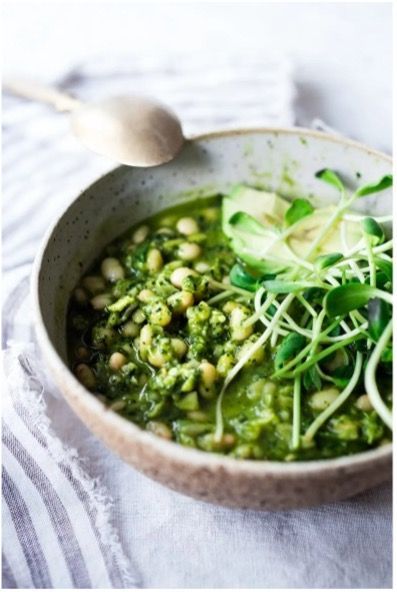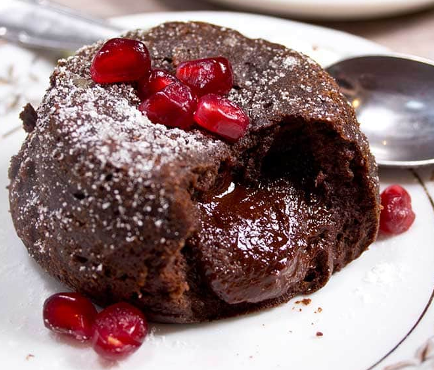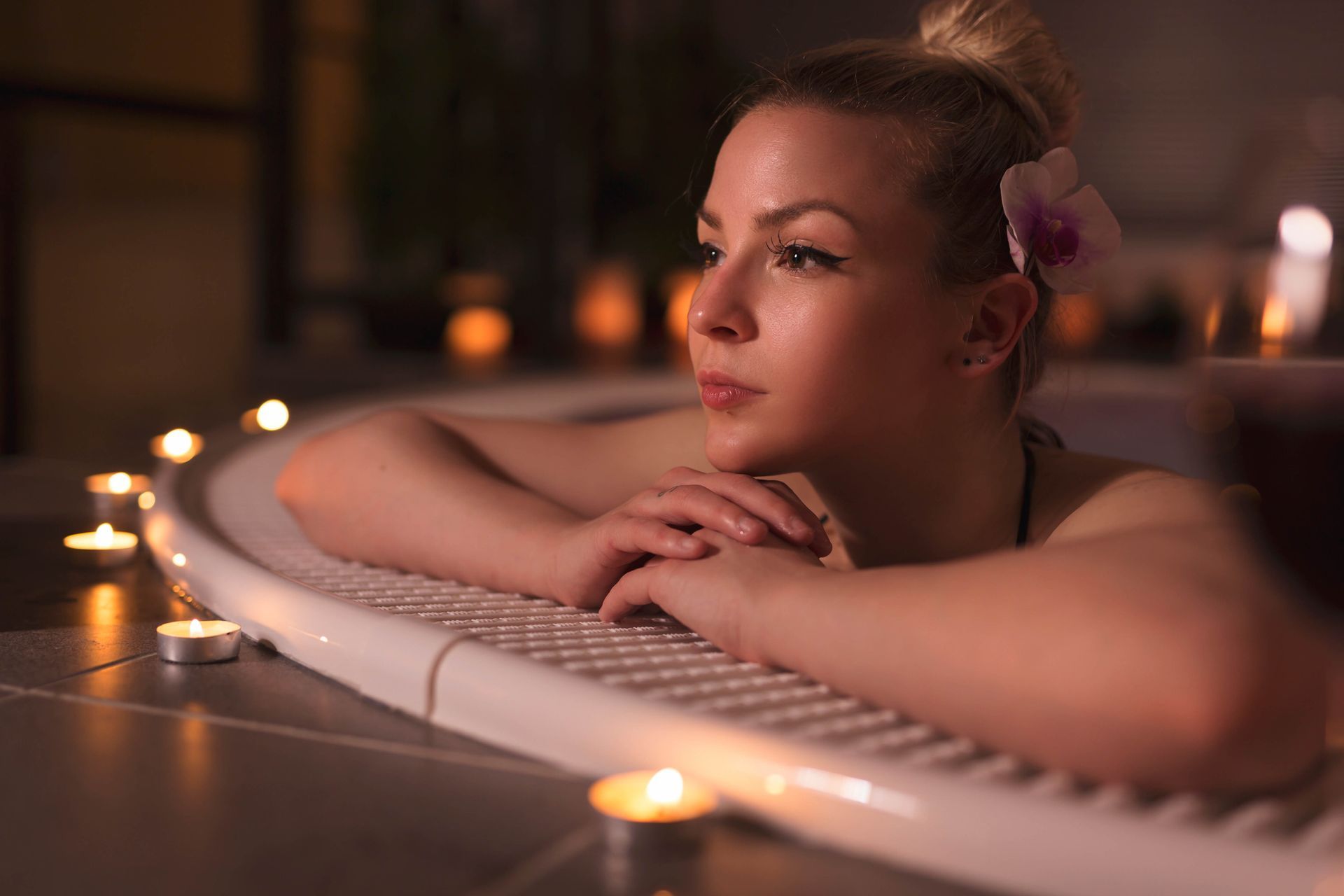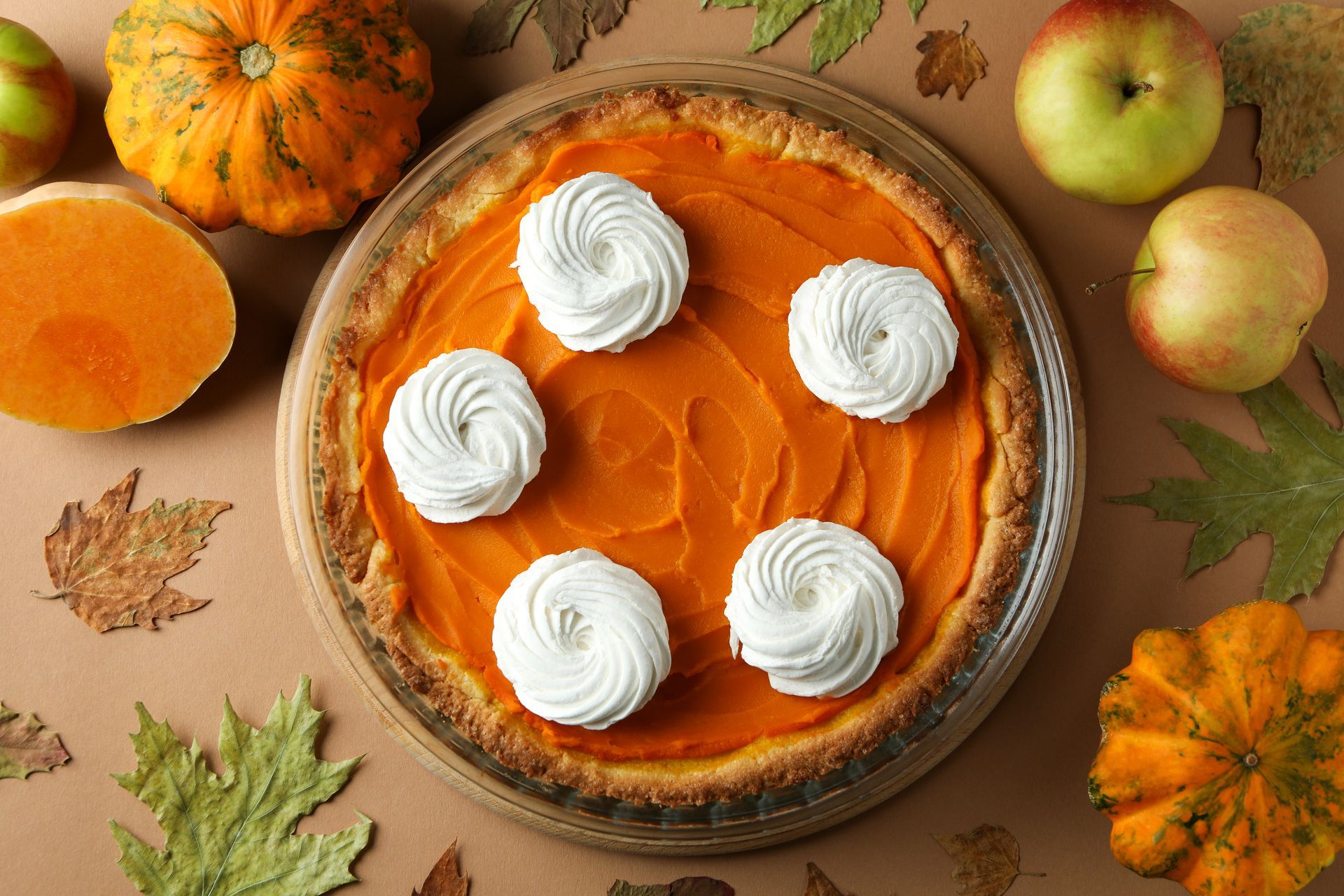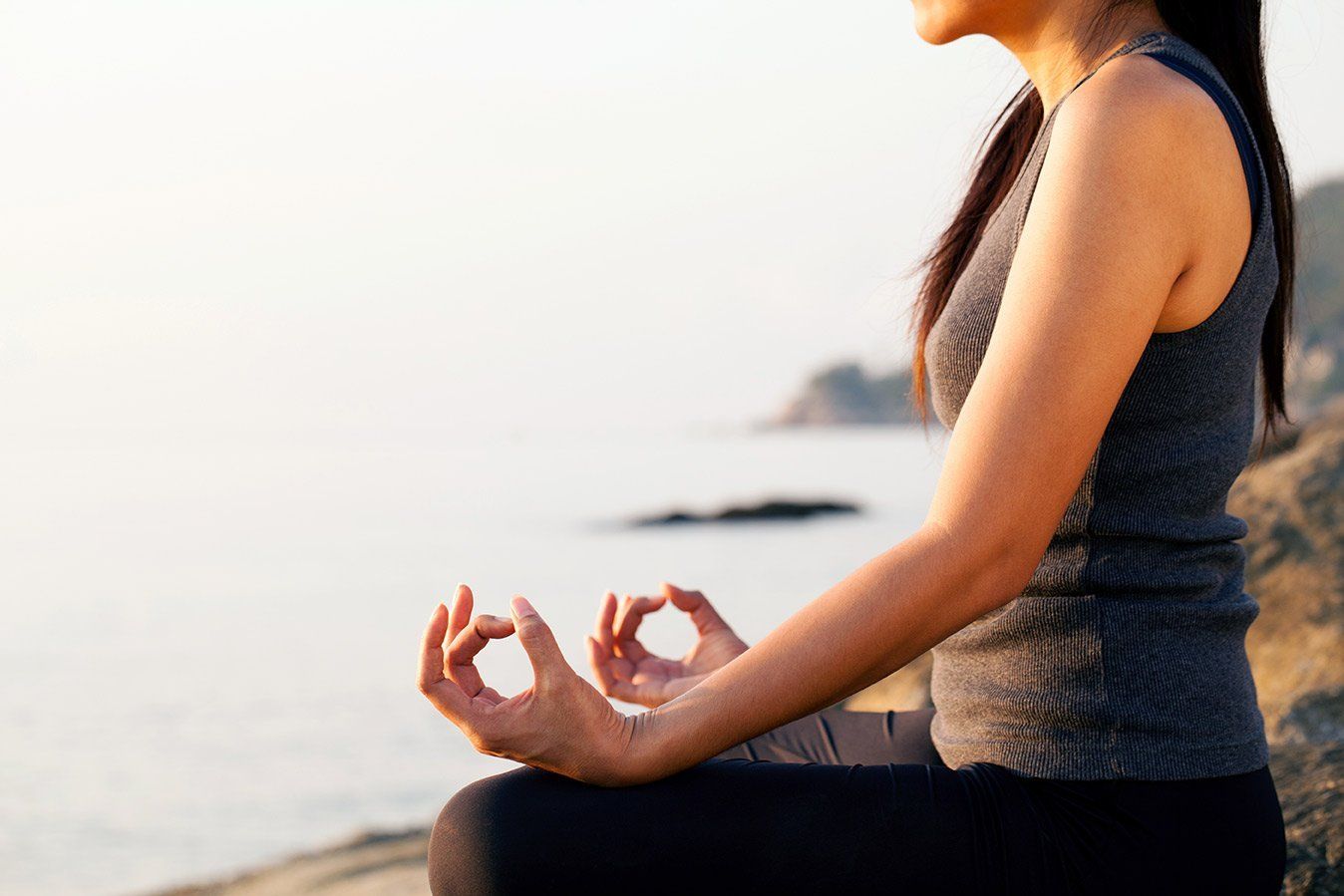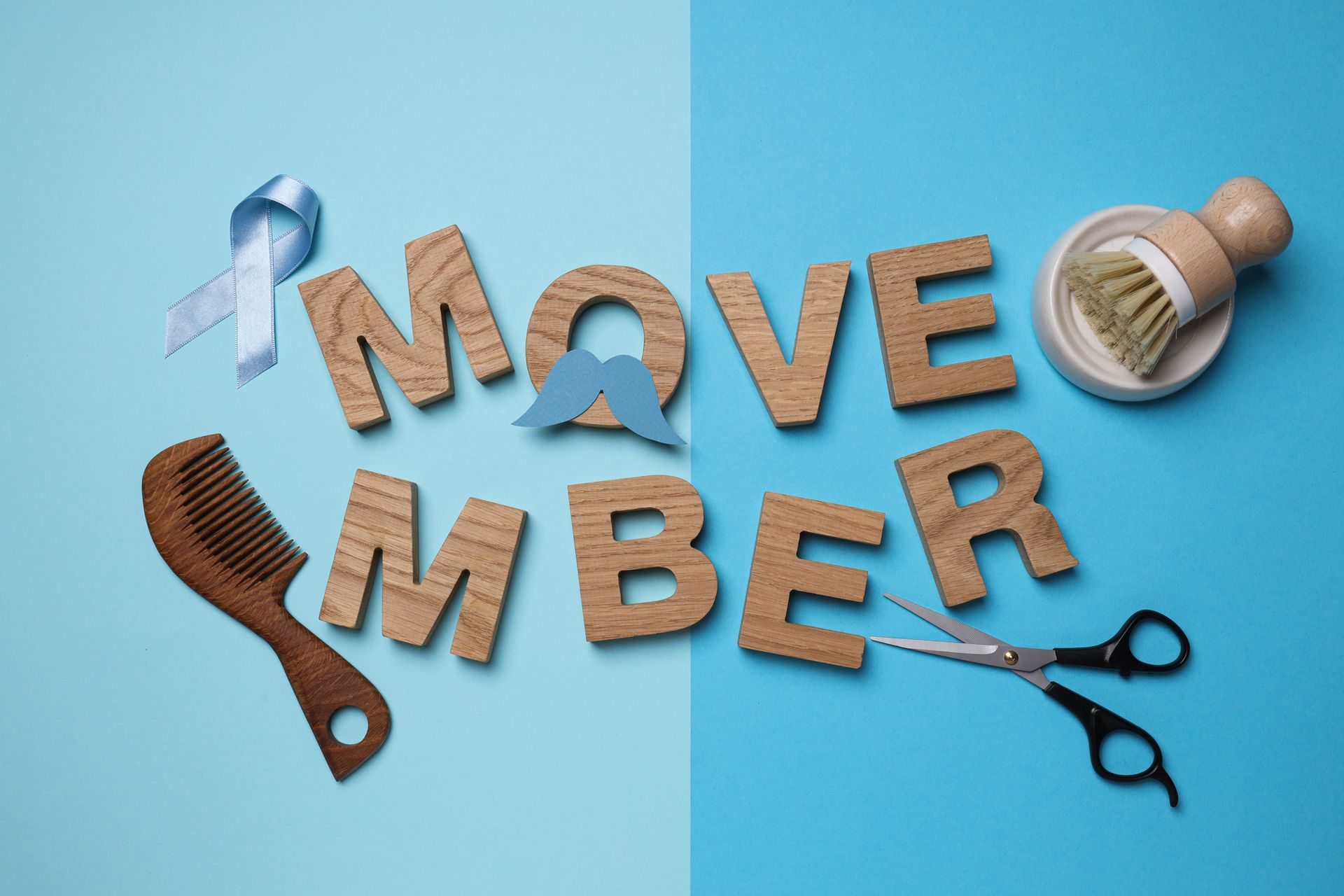Managing Aches and Pains in the Warm Summer Months
Body aches and chronic pain...worse or better in the summer months?
Many people will say that their aches and pains will worsen with the weather and think it is mostly during the fall/winter. But it can impact your health during the summer as well.
There is such a thing called “Summer Aches”, why would your body ache in the summer?
Heatwaves or hot weather combined with humidity can cause muscle aches and joint pains. Anyone can be impacted; any size, any age, or health condition can experience these pains. Because these weather conditions are prolonged in the summer, the likeliness of body pains increases in this season.
It can also worsen some chronic pain disorders such as arthritis, fibromyalgia, headaches, and migraines. But there are also other serious conditions that can stem from the heat!
- Heat Stroke
- Dehydration
- Increased joint pain and body aches
- Heightened aggression
- Hyperthermia
- Lowered productivity
- Difficulty breathing
- Nervous system disruption
What preventative measures can you take to avoid these complications?
Hydrate
Water is a key component of our joints’ cartilage, so being dehydrated also leads to joint pains, body aches, heat cramps, and other conditions mentioned earlier in the article. Your blood also carries nutrients easier if you are well-hydrated and keeps muscles and tissues healthy. Being hydrated will help with all these conditions and prevent them.
During the summer months you should drink more than usual, recommended drinking is usually around 6-8 glasses, bump it up a bit!
If you experience heat cramps, rest in a cool area, and stretch your muscles gently. Consume electrolyte drinks when you exercise in the heat and drink lots of water or Alkaline water (which contains more minerals).
Wear good, supportive footwear
Your choice of footwear also contributes to your summertime aches. Due to the sweltering heat, people tend to wear less on their feet to cool down, increasing the risk of heel pain.
Sandals and flip-flops do not provide enough support to your feet. When the foot is unsupported, the plantar fascia (the thick, fibrous bands connecting the toes to the heel) is easily overused and overstretched, which leads to plantar fasciitis or heel pain. For people with flat feet, plantar fasciitis can also aggravate the pain in the knees and feet. Wearing supportive footwear is a standard and effective treatment. If you must wear sandals or flip-flops, choose ones that include arch support. You can buy orthotic shoes or place an orthotic insole to improve arch support for shoes.
Stay Cool
To prevent the heat from aggravating your underlying pain, here are some other tips on staying cool:
- Limit your sun exposure to early mornings and late afternoons. Noon to 3:00 pm is usually the hottest time of day.
- Choose shade over basking in the sun or indoors with an air-conditioner or fan if you know the heat from the sun will impact you.
- Wear loose-fitted cotton, breathable clothing and wear a hat and sunglasses when outside.
- Carry a water bottle around with you or a mini fan to keep cool.
- Apply a cold washcloth to your neck or run cold water over your wrists to quickly cool yourself down.
